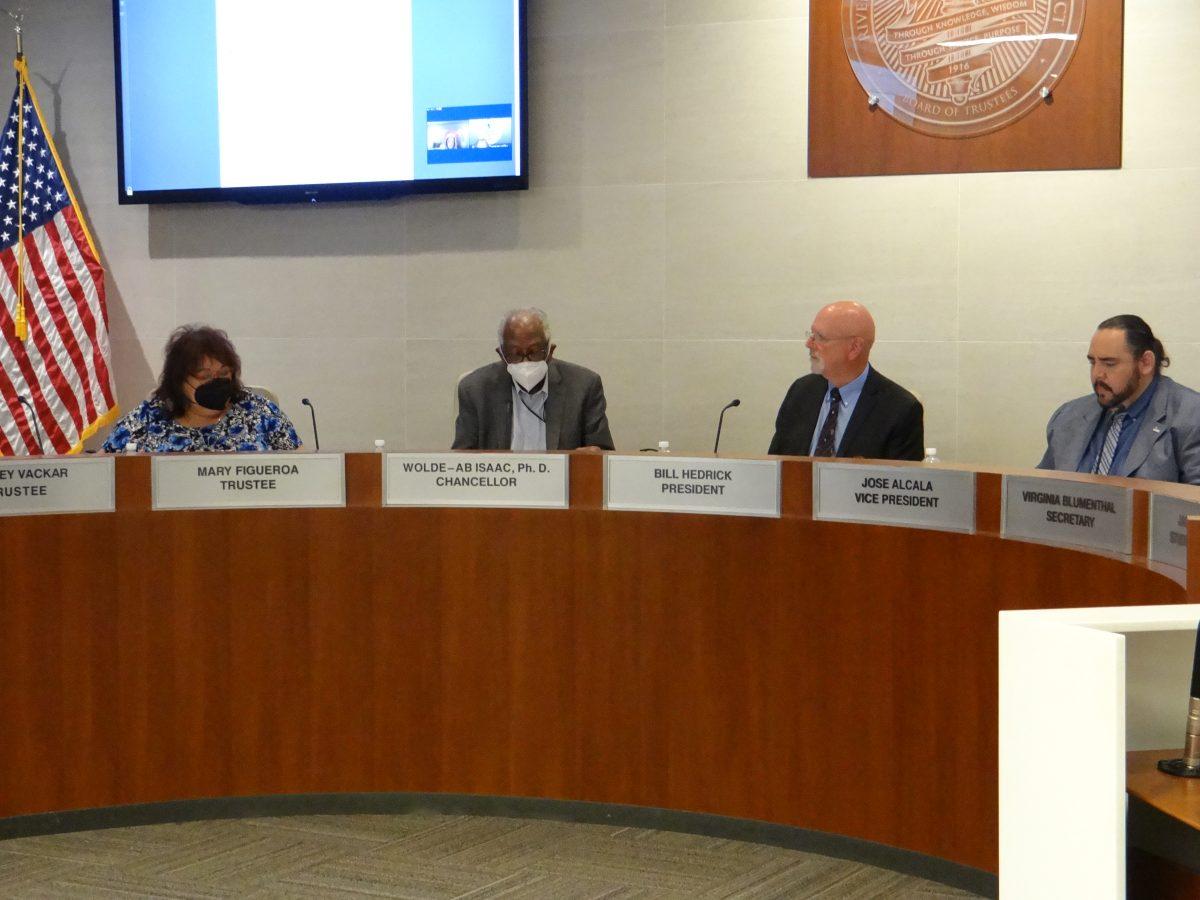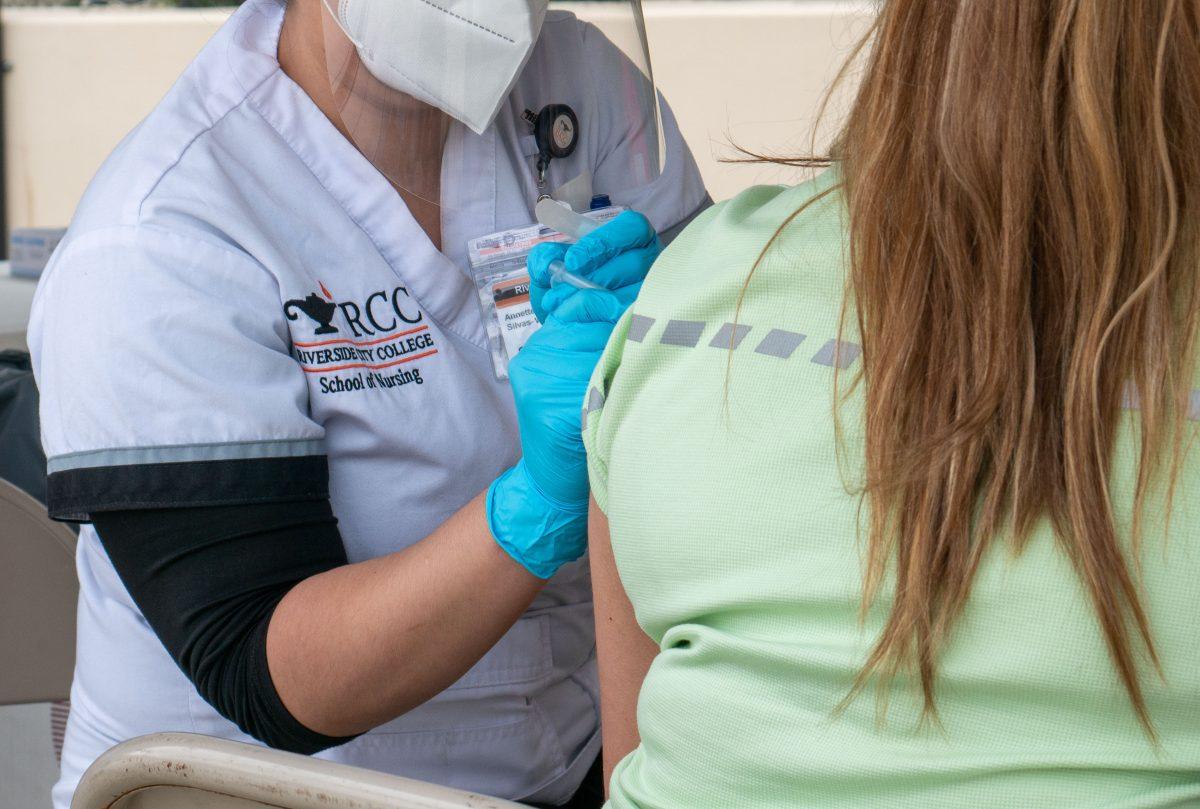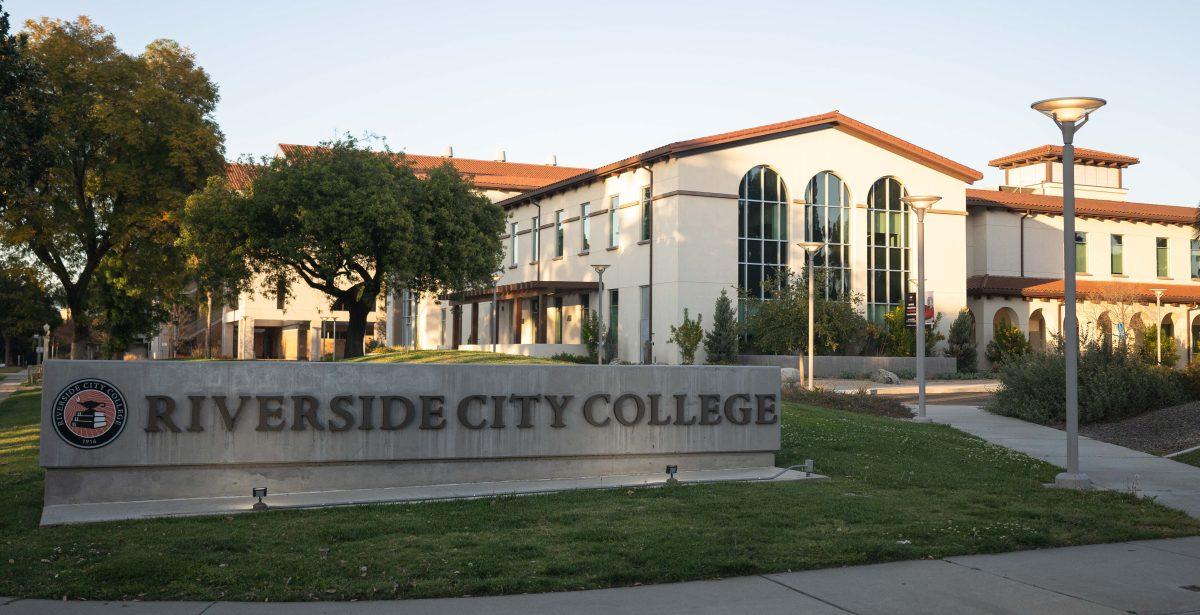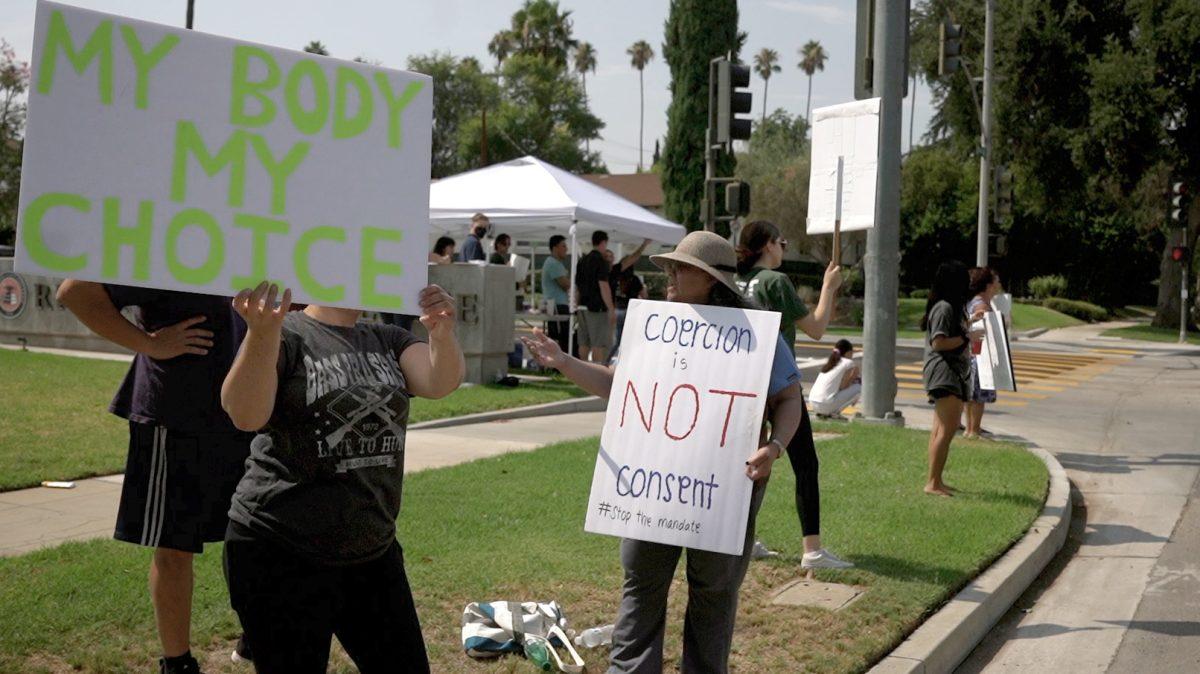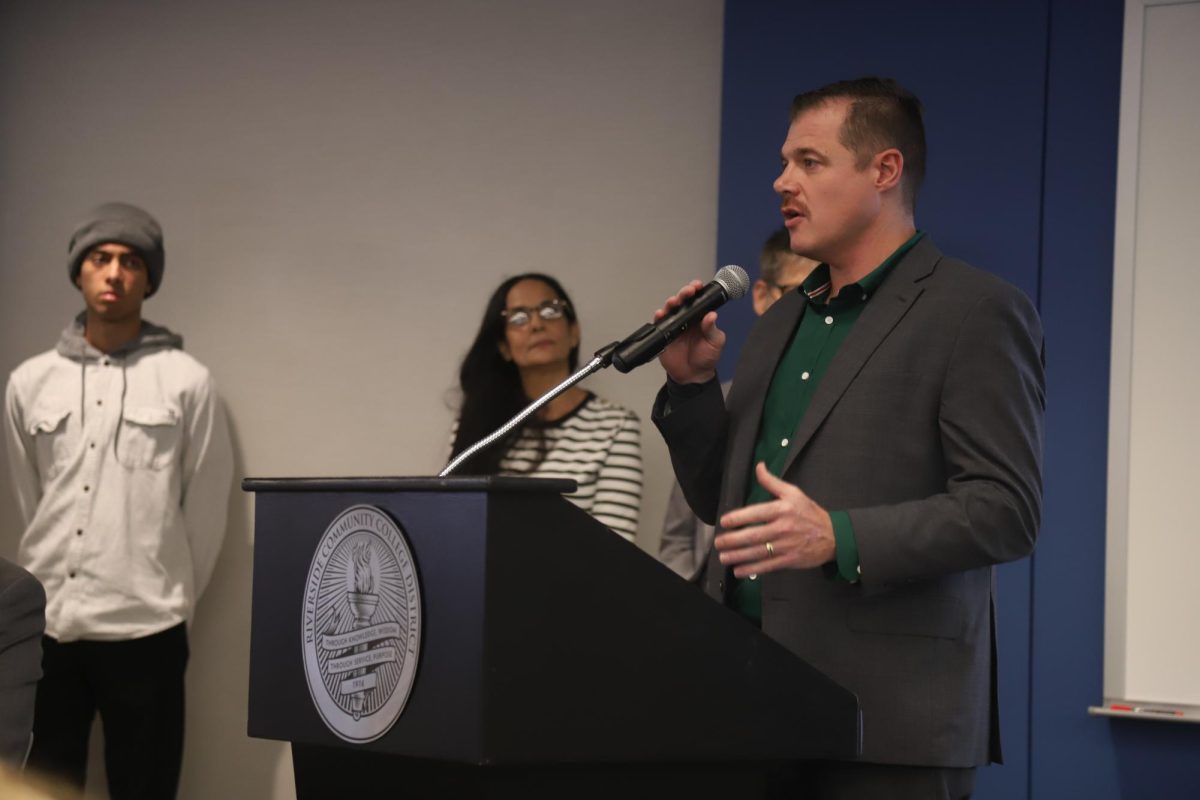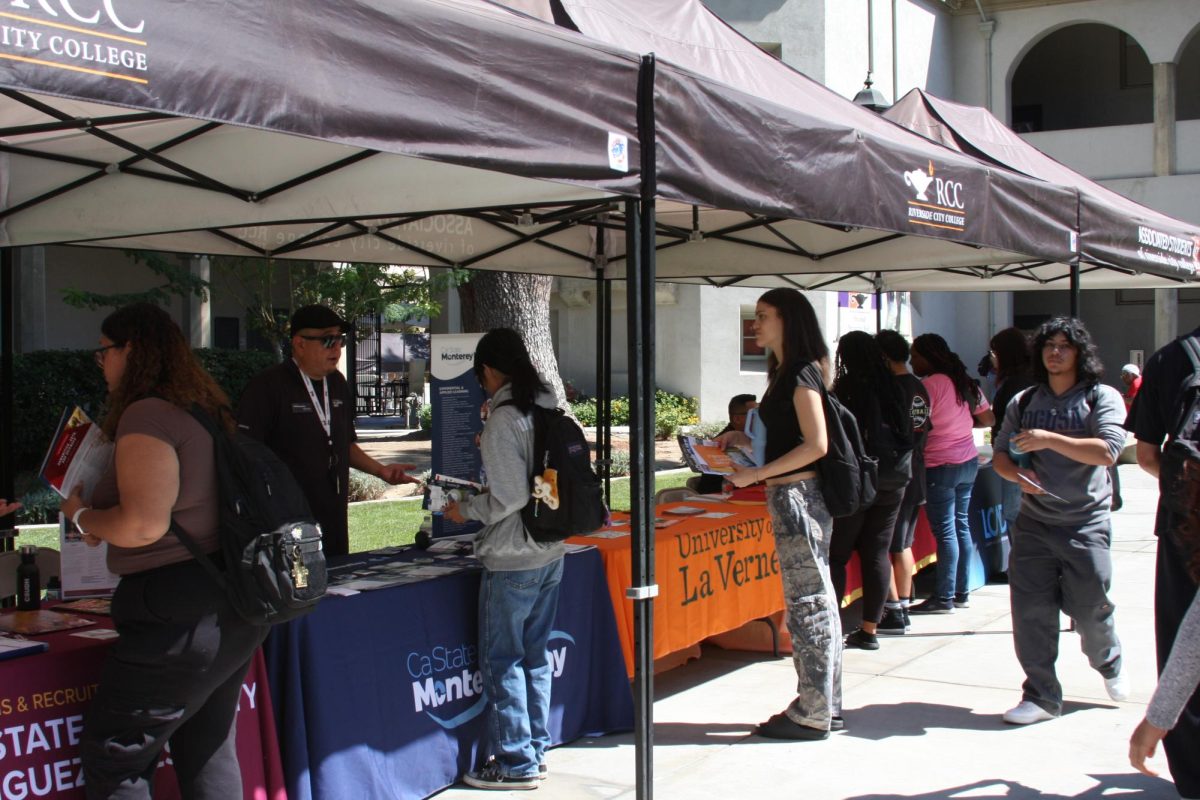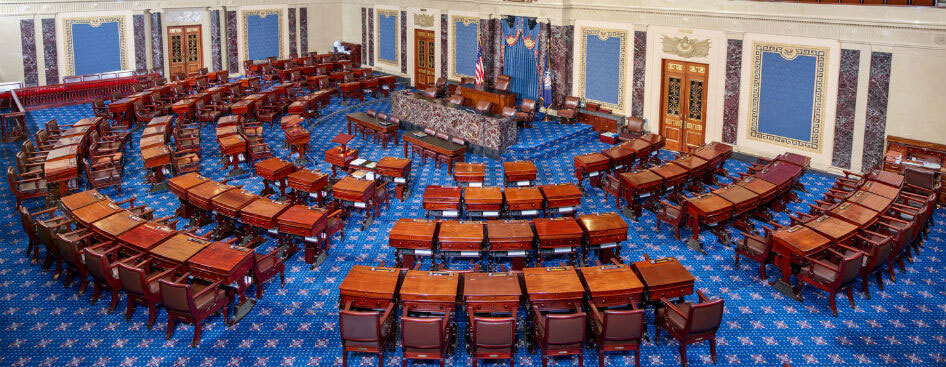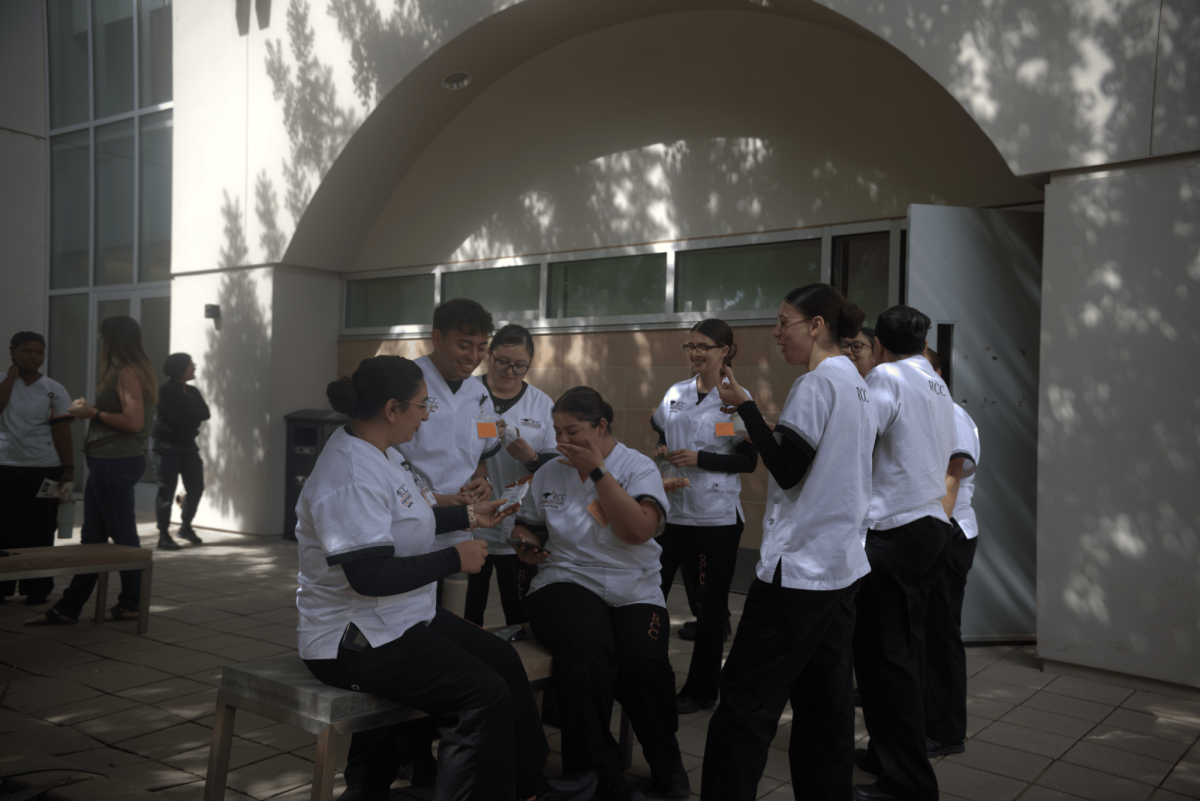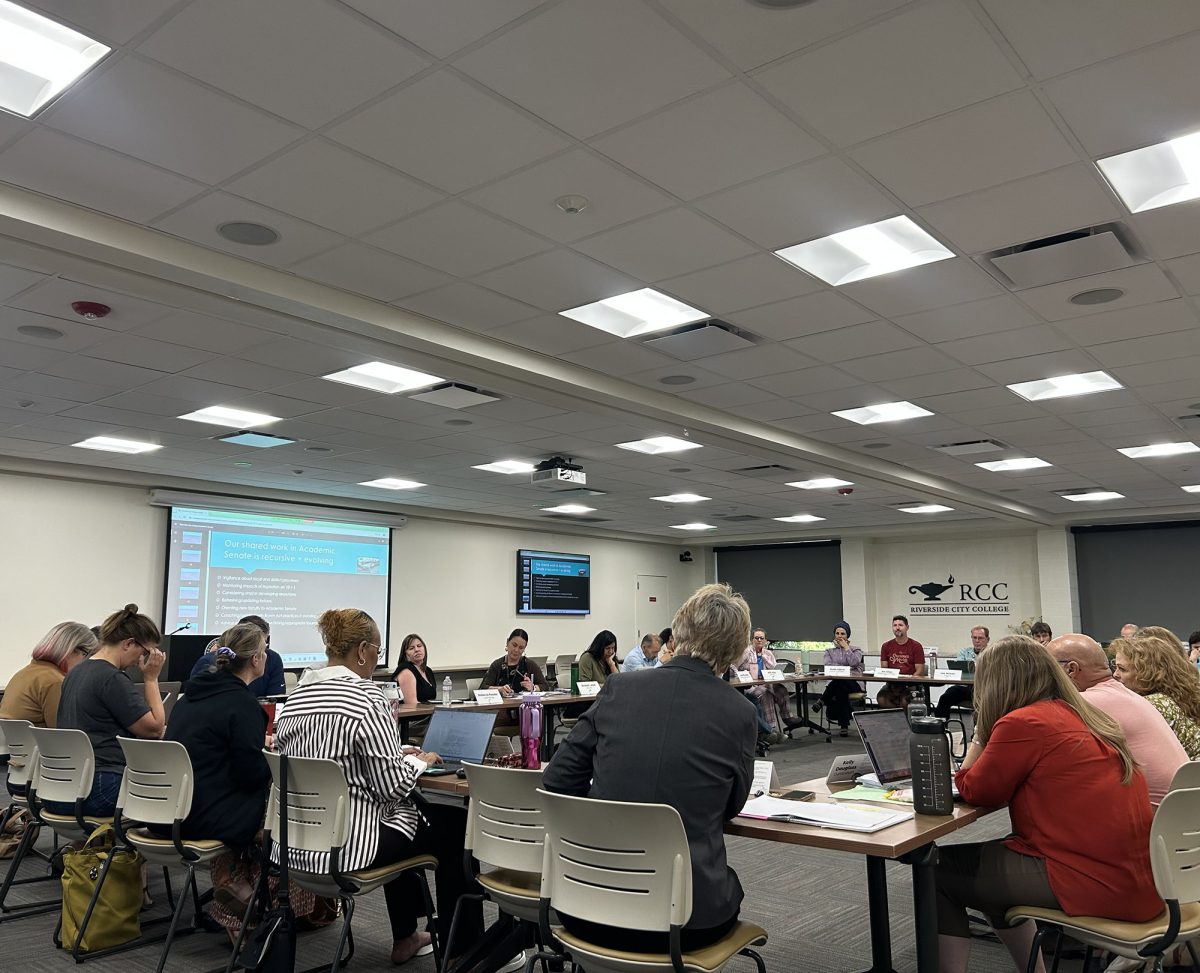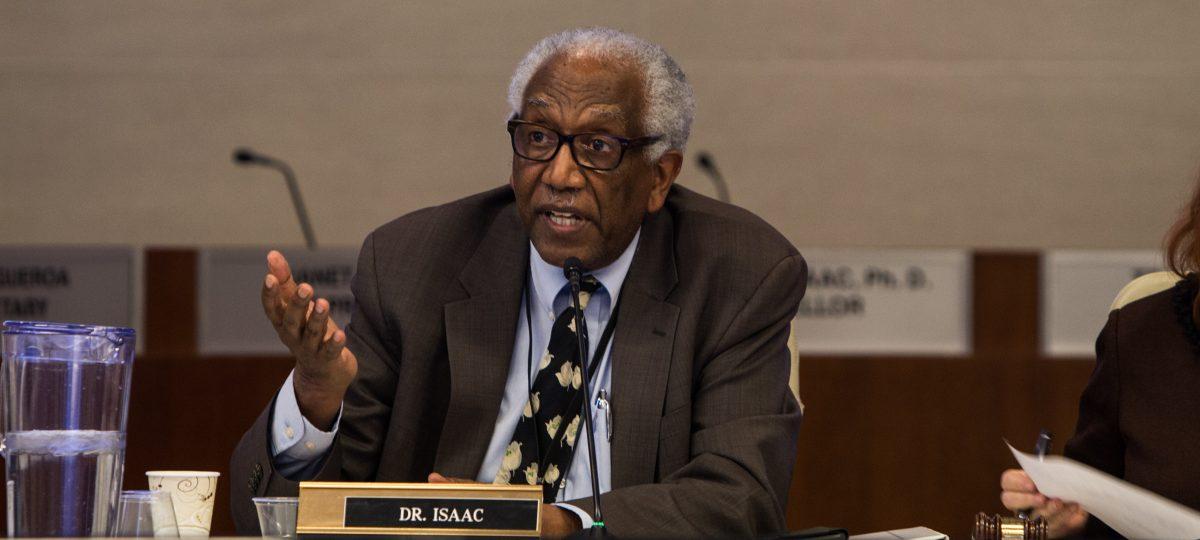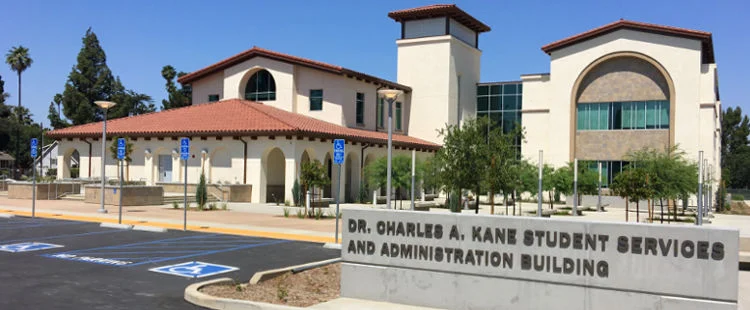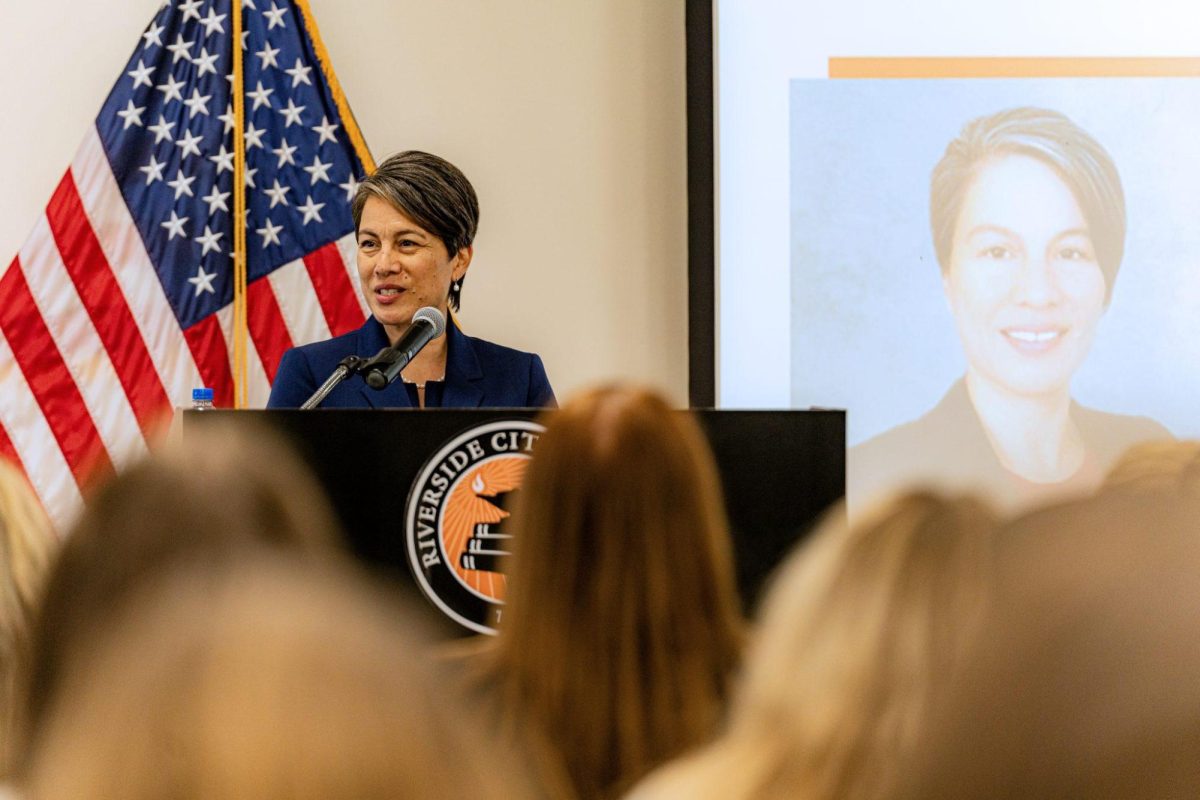By Leo Cabral
California Community College students facing pandemic-related challenges have until March 2 to apply for emergency aid through the Cal Grant.
Filling out the FAFSA and the California DREAM Act application by the deadline is important to ensure students qualify for the most aid available to them. Being in the financial aid system allows students to receive direct emergency aid.
Additionally, the California DREAM Act application determines eligibility for state aid in the form of grants. It is imperative that students apply even if they do not believe they would be eligible.
Eloy Ortiz Oakley, California Community Colleges chancellor, noted that there was a 12% decrease in FAFSA applications for high school seniors and a 19% decrease in California DREAM Act applications compared to this time last year.
“This is especially concerning, because for our undocumented students, state aid is the only form of aid that they can qualify to receive,” Oakley said during a teleconference Jan. 26. “They’re not eligible for federal financial aid. So California has made this opportunity available to them.”
In addition to the latest round of COVID-19 relief, Gov. Gavin Newsom’s proposed state budget includes investment in mental health resources, student retention, work-based learning and a one-time investment of $150 million toward emergency financial assistance for students, with an additional $100 million proposed for early action.
“They’re going to push this forward before the rest of the budget process completes itself, which is typically by June,” Oakley said about the early action package. “So this will be done earlier. If approved by the legislature, the remaining $150 million would be available in July.”
Funds from the stimulus proposed by the Biden administration will offer direct support to colleges for many issues dealing with the pandemic, giving them some flexibility to use those funds based on what their needs are. Possible uses include necessary Personal Protective Equipment (PPE), technology or software purchases.
Oakley emphasized that the Chancellor’s Office does not receive any funding from a stimulus. Those funds are for colleges.
With the rollout of the COVID-19 vaccine, Oakley expressed optimism that California campuses can begin slowly re-opening as early as summer 2021. He cautioned that the first semester back on campus would not look like a “normal,” pre-pandemic semester. How colleges reopen will vary by district as they work with local and California public health guidelines.
“This remains a very fluid situation because, as you can tell, over the last several months, things continue to change rapidly,” Oakley said. “We are paying very close attention to our public health officials in California to help us figure out how and when to reopen.”
While campus reopening plans play out, an increased number of online classes will continue to be available online to ensure all students have access to education.
Students looking for more information on financial aid should visit icanaffordcollege.com. For a list of upcoming financial aid workshops, visit csac.ca.gov/cash-college.


